Home>Home Maintenance>What To Plant In A Drainage Ditch
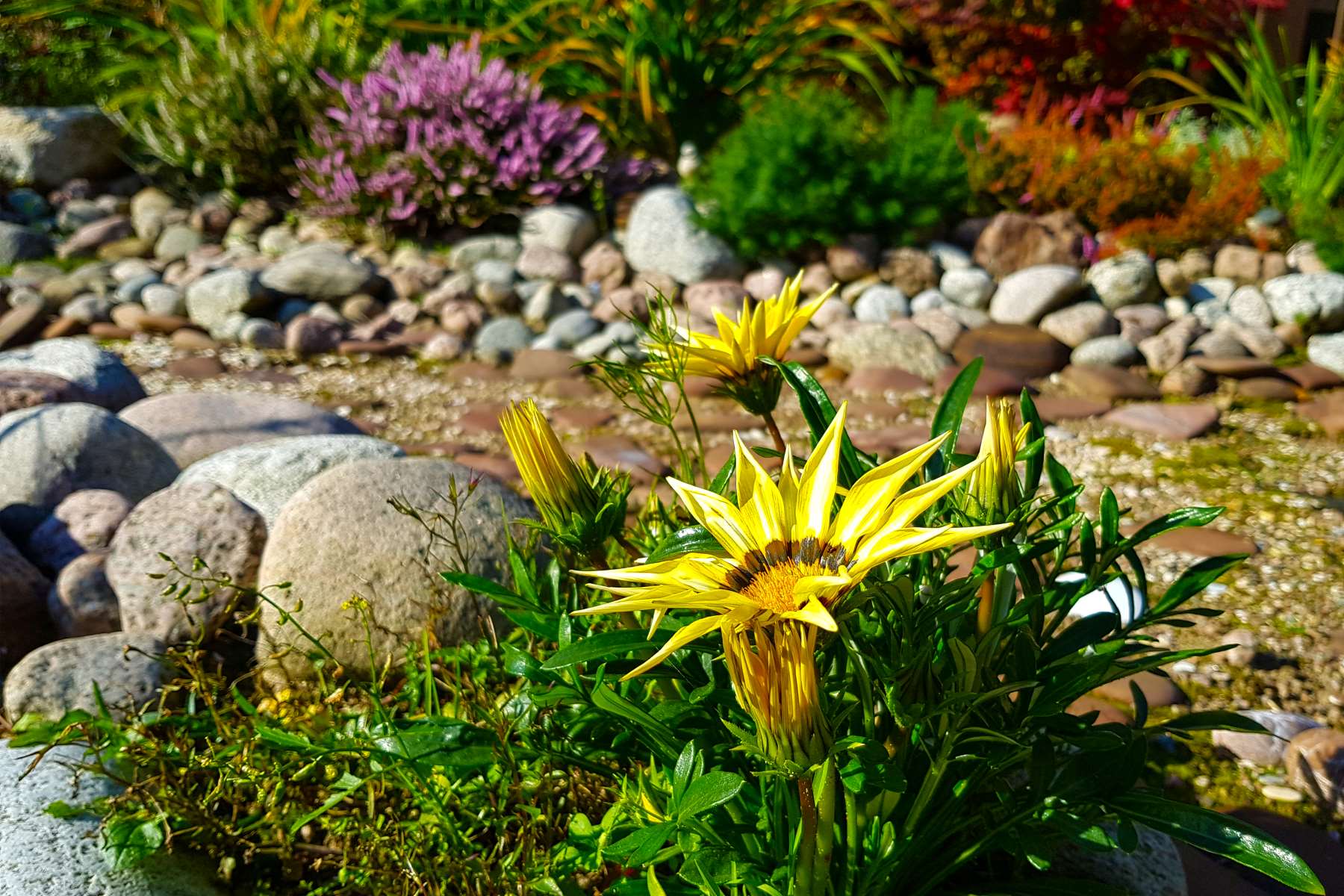

Home Maintenance
What To Plant In A Drainage Ditch
Modified: March 7, 2024
Looking for home maintenance tips? Find out what to plant in a drainage ditch to prevent water accumulation and improve your property's drainage system.
(Many of the links in this article redirect to a specific reviewed product. Your purchase of these products through affiliate links helps to generate commission for Storables.com, at no extra cost. Learn more)
Introduction
Welcome to the world of drainage ditch gardening! When it comes to home maintenance, the drainage ditch is often overlooked and seen as nothing more than a necessary eyesore. However, with a little creativity and green thumb magic, you can transform this neglected space into a vibrant and thriving garden. Planting in a drainage ditch not only adds beauty to your property, but it also serves practical purposes such as preventing erosion, improving water quality, and providing habitat for beneficial wildlife.
In this article, we will explore the benefits of planting in a drainage ditch, factors to consider before planting, types of plants suitable for this unique environment, and important maintenance tips to ensure the long-term success of your ditch garden.
So roll up your sleeves, grab your gardening tools, and let’s dive into the wonderful world of planting in a drainage ditch!
Key Takeaways:
- Transform your drainage ditch into a vibrant garden to prevent erosion, improve water quality, and provide habitat for wildlife. Choose suitable plants and maintain them for a thriving and sustainable garden.
- Consider factors like soil conditions, sunlight, and water availability before planting in your drainage ditch. Regular maintenance, including watering, weeding, and pruning, is essential for the health and beauty of your ditch garden.
Read more: How To Build A Drainage Ditch Around A House
Benefits of Planting in a Drainage Ditch
Planting in a drainage ditch offers several benefits that go beyond just aesthetics. Here are some of the key advantages:
- Erosion control: One of the main benefits of planting in a drainage ditch is its ability to prevent erosion. By establishing a dense network of roots, plants help hold the soil in place, reducing the chances of erosion caused by heavy rain or flowing water.
- Improved water quality: Plants in a drainage ditch act as natural filters, helping to improve water quality. As water passes through the roots and soil, it undergoes natural purification processes, removing pollutants and sediment before reaching nearby water bodies.
- Habitat creation: A well-planted drainage ditch provides a habitat for various forms of wildlife such as insects, birds, and small mammals. These creatures play important roles in the ecosystem, contributing to pollination, pest control, and overall biodiversity.
- Visual appeal: Let’s not forget the aesthetic aspect. With the right choice of plants, a drainage ditch can be transformed into a beautiful garden feature, adding visual interest and enhancing the overall curb appeal of your property.
- Stormwater management: Properly planted and maintained vegetation in a drainage ditch can help manage stormwater runoff. The plants absorb water, reducing the volume and velocity of water flow, and aiding in the recharge of groundwater.
- Environmental benefits: Planting in a drainage ditch contributes to environmental sustainability. It reduces the reliance on artificial drainage systems, conserves water, and promotes a healthier ecosystem by providing habitat for beneficial species.
These are just a few of the many benefits of planting in a drainage ditch. By taking advantage of this often neglected space, you can create a functional and attractive garden that not only looks good but also serves a vital role in environmental stewardship.
Factors to Consider Before Planting
Before diving into your drainage ditch gardening project, there are a few important factors to consider. By taking these into account, you can ensure the success and longevity of your ditch garden.
- Drainage and soil conditions: Assess the drainage and soil conditions of your ditch. Ideally, the soil should be well-draining, allowing excess water to flow away. If the soil is heavy and compacted, consider amending it with organic matter to improve drainage.
- Sun exposure: Observe the amount of sunlight the drainage ditch receives throughout the day. Different plants have different light requirements, so choose species that are suitable for the available sunlight conditions.
- Water availability: Determine the water availability in your drainage ditch. Depending on your location and climate, the ditch may receive excess water during heavy rains or remain dry for extended periods. Select plants that can tolerate the water availability in your ditch.
- Invasive species: Be cautious of invasive plant species that can quickly take over your drainage ditch garden and outcompete native vegetation. Research and choose plants that are non-invasive and will not cause harm to the local ecosystem.
- Maintenance requirements: Consider the amount of time and effort you are willing to dedicate to maintaining your ditch garden. Some plants may require regular pruning, fertilization, or pest control, while others may be more low-maintenance.
- Permit requirements: Check with your local authorities if any permits or permissions are required before undertaking a planting project in a drainage ditch. This is especially important if the ditch falls under the jurisdiction of a homeowners’ association or local municipality.
- Safety measures: Take safety precautions when working near or in a drainage ditch. Avoid steep slopes, unstable banks, or deep water areas. Always wear appropriate protective gear and follow recommended safety guidelines.
Considering these factors will help you make informed decisions and create a flourishing and sustainable drainage ditch garden. Take the time to assess your specific site conditions to ensure a successful gardening experience.
Consider planting native wetland plants in a drainage ditch to help prevent erosion and filter pollutants. Look for species like cattails, rushes, and sedges that can thrive in wet conditions and improve water quality.
Types of Plants Suitable for Drainage Ditch
When selecting plants for your drainage ditch garden, it is important to choose species that can thrive in the unique environment of a ditch. Here are some types of plants that are well-suited for this setting:
- Grasses and sedges: Grasses and sedges are excellent choices for a drainage ditch as they have fibrous root systems that help stabilize the soil. Tall grasses like switchgrass (Panicum virgatum) and native sedges like Carex spp. are drought-tolerant and provide habitat for beneficial insects.
- Wetland plants: Many wetland plants tolerate moist or wet soil conditions and are perfect for a drainage ditch. Consider species like marsh marigold (Caltha palustris), cardinal flower (Lobelia cardinalis), and swamp milkweed (Asclepias incarnata) for their vibrant blooms and ability to attract pollinators.
- Water-loving shrubs and trees: If your drainage ditch has deeper sections or experiences periodic flooding, consider planting water-loving shrubs and trees. Species like willows (Salix spp.), red twig dogwood (Cornus sericea), and river birch (Betula nigra) can thrive in these conditions and provide vertical interest.
- Native wildflowers: Native wildflowers are a great choice for a drainage ditch garden as they are adapted to the local climate and soil conditions. Look for species such as purple coneflower (Echinacea purpurea), black-eyed Susan (Rudbeckia hirta), and New England aster (Symphyotrichum novae-angliae) to add splashes of color and attract pollinators.
- Ferns: Ferns are a fantastic addition to a moist and shaded drainage ditch. They provide lush green foliage and bring a touch of elegance to the garden. Ostrich fern (Matteuccia struthiopteris) and sensitive fern (Onoclea sensibilis) are popular choices that thrive in damp environments.
- Groundcovers: Incorporating groundcovers in your drainage ditch garden can help prevent erosion and suppress weed growth. Consider plants like creeping phlox (Phlox subulata), creeping Jenny (Lysimachia nummularia), or low-growing sedums to create a carpet of color and texture.
Remember to choose a variety of plants with different heights, textures, and bloom times to create visual interest and ensure year-round beauty in your drainage ditch garden. Additionally, consult with local native plant guides or gardening experts to identify region-specific plants that are well-adapted to your area’s unique conditions.
Planting a diverse range of species will not only enhance the aesthetic appeal of your drainage ditch but also create a thriving ecosystem that supports wildlife and contributes to the overall health of the environment.
Maintenance Tips for Plants in Drainage Ditch
Maintaining your plants in a drainage ditch is essential for their long-term health and the overall success of your garden. Here are some maintenance tips to help you care for your plants:
- Regular watering: While plants in a drainage ditch benefit from natural water flow, it’s important to ensure they receive adequate moisture, especially during dry spells. Monitor rainfall levels and supplement with additional watering if needed to keep the soil consistently moist.
- Weeding: Prevent weed competition by regularly removing any unwanted plants from your ditch garden. Weeds can divert nutrients and water away from your desired plants, so it’s important to stay on top of weed control to maintain a healthy and thriving garden.
- Pruning and trimming: Regularly prune and trim back plants as needed to maintain their shape and size. This will prevent overgrowth and ensure a neat and tidy appearance. Remove any dead or diseased plant matter to prevent the spread of pests or diseases.
- Fertilizing: Evaluate the nutrient needs of your plants and provide appropriate fertilization if necessary. Use organic fertilizers or compost to promote healthy growth. Avoid over-fertilizing, as it can lead to excessive foliage growth and make plants more susceptible to diseases.
- Pest control: Monitor your plants for any signs of pests or diseases. Identify and address any issues early on to prevent significant damage. Consider using natural pest control methods, such as introducing beneficial insects or using organic pest repellents, to minimize the use of harmful chemicals.
- Disease management: Learn about common plant diseases in your area and take preventive measures to protect your plants. Ensure proper spacing between plants to promote good airflow and reduce the risk of fungal diseases. Remove any infected plant parts promptly to prevent the spread of disease.
- Mulching: Apply a layer of organic mulch around your plants to help retain moisture, suppress weed growth, and regulate soil temperature. Mulch also adds organic matter to the soil as it breaks down, improving its overall health and fertility.
- Monitoring and adjusting: Regularly observe your drainage ditch garden, noting any changes or issues that arise. Adjust your maintenance practices accordingly to meet the specific needs of your plants and address any challenges that arise.
Remember to wear appropriate protective gear, such as gloves and sturdy shoes, when working in the drainage ditch. Also, be mindful of local regulations and restrictions on the use of certain maintenance practices or chemicals near water bodies.
By following these maintenance tips, you can ensure that your plants in the drainage ditch remain healthy, vibrant, and a source of beauty and enjoyment for years to come.
Conclusion
Congratulations on embarking on the journey of creating a beautiful and functional garden in your drainage ditch! By taking the time to understand the benefits, considerations, plant choices, and maintenance tips, you are well-equipped to transform this often overlooked space into a stunning garden that serves both practical and aesthetic purposes.
Planting in a drainage ditch not only helps prevent erosion and improve water quality but also provides habitat for wildlife and adds visual appeal to your property. The right selection of plants, considering factors such as drainage, sunlight, water availability, and maintenance requirements, will ensure the success of your ditch garden.
Remember to regularly water, weed, prune, and fertilize your plants, while also monitoring for pests and diseases. By practicing proper maintenance and healthy gardening habits, you can create a thriving and sustainable garden in your drainage ditch.
Embrace the opportunity to connect with nature, contribute to environmental sustainability, and create a captivating landscape that will be the envy of your neighbors. Enjoy the beauty, tranquility, and ecological benefits that come with planting in a drainage ditch.
So, grab your gardening tools, get your hands dirty, and let the magic unfold as your drainage ditch transforms into a vibrant and thriving garden. Happy gardening!
Frequently Asked Questions about What To Plant In A Drainage Ditch
Was this page helpful?
At Storables.com, we guarantee accurate and reliable information. Our content, validated by Expert Board Contributors, is crafted following stringent Editorial Policies. We're committed to providing you with well-researched, expert-backed insights for all your informational needs.
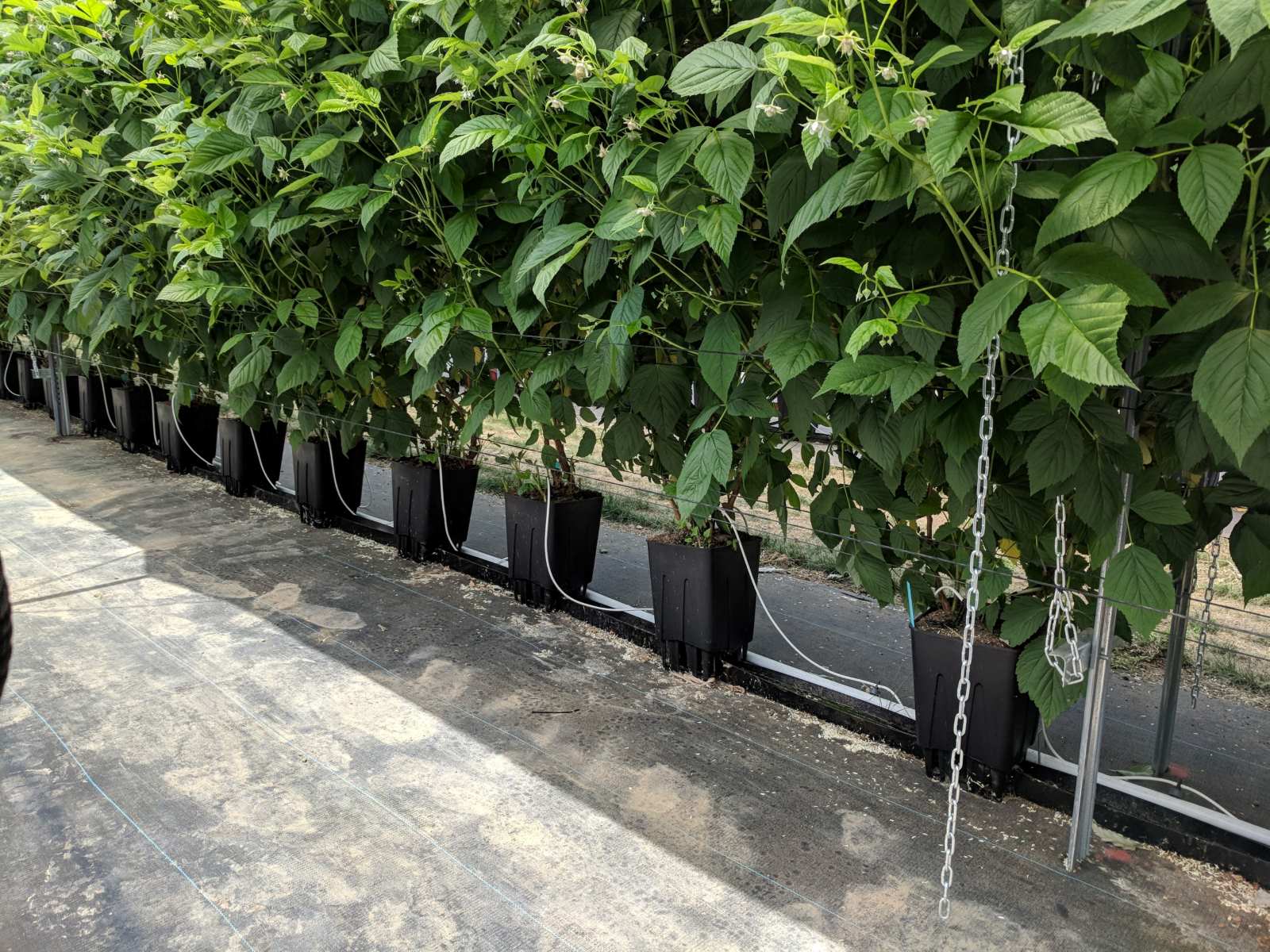
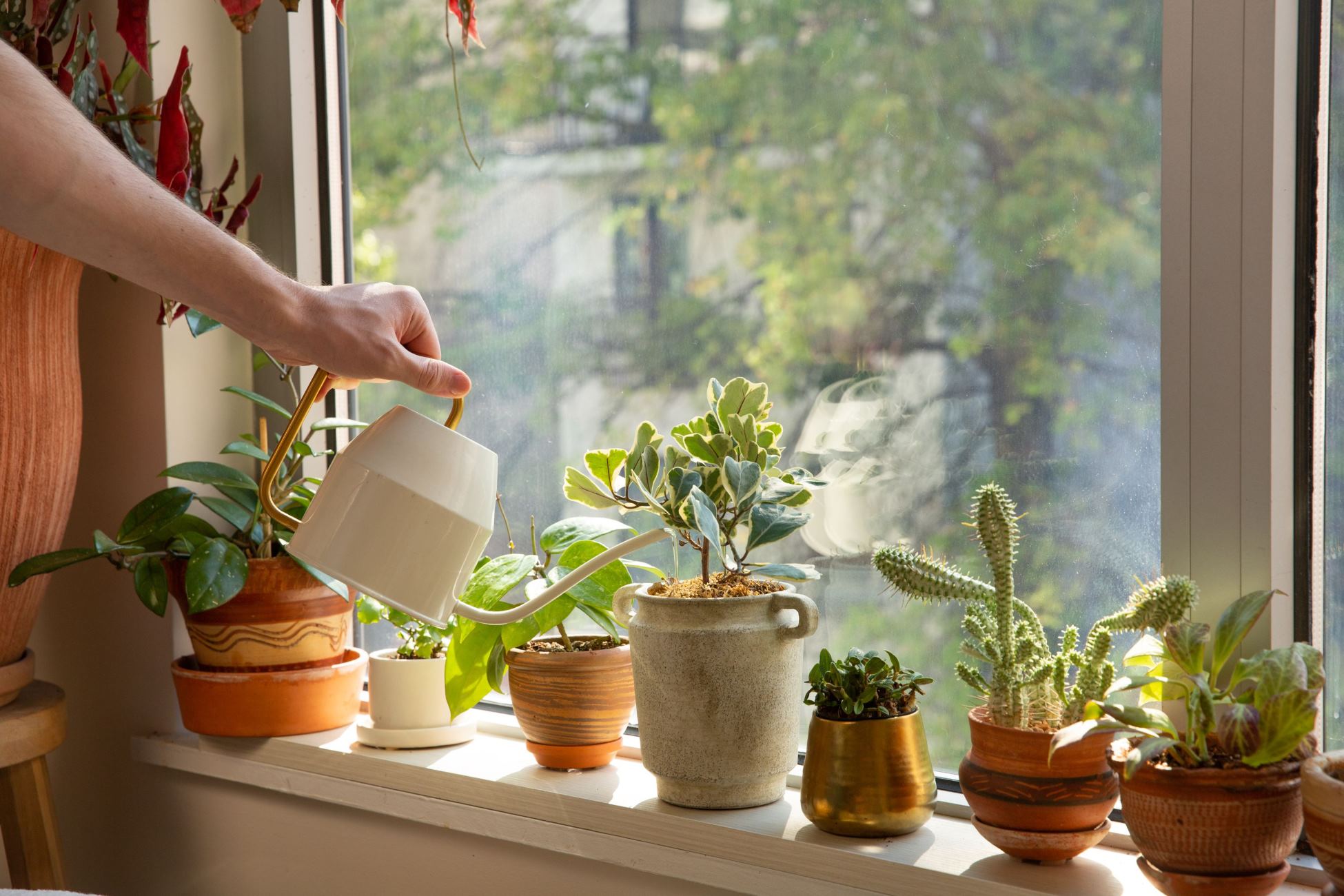
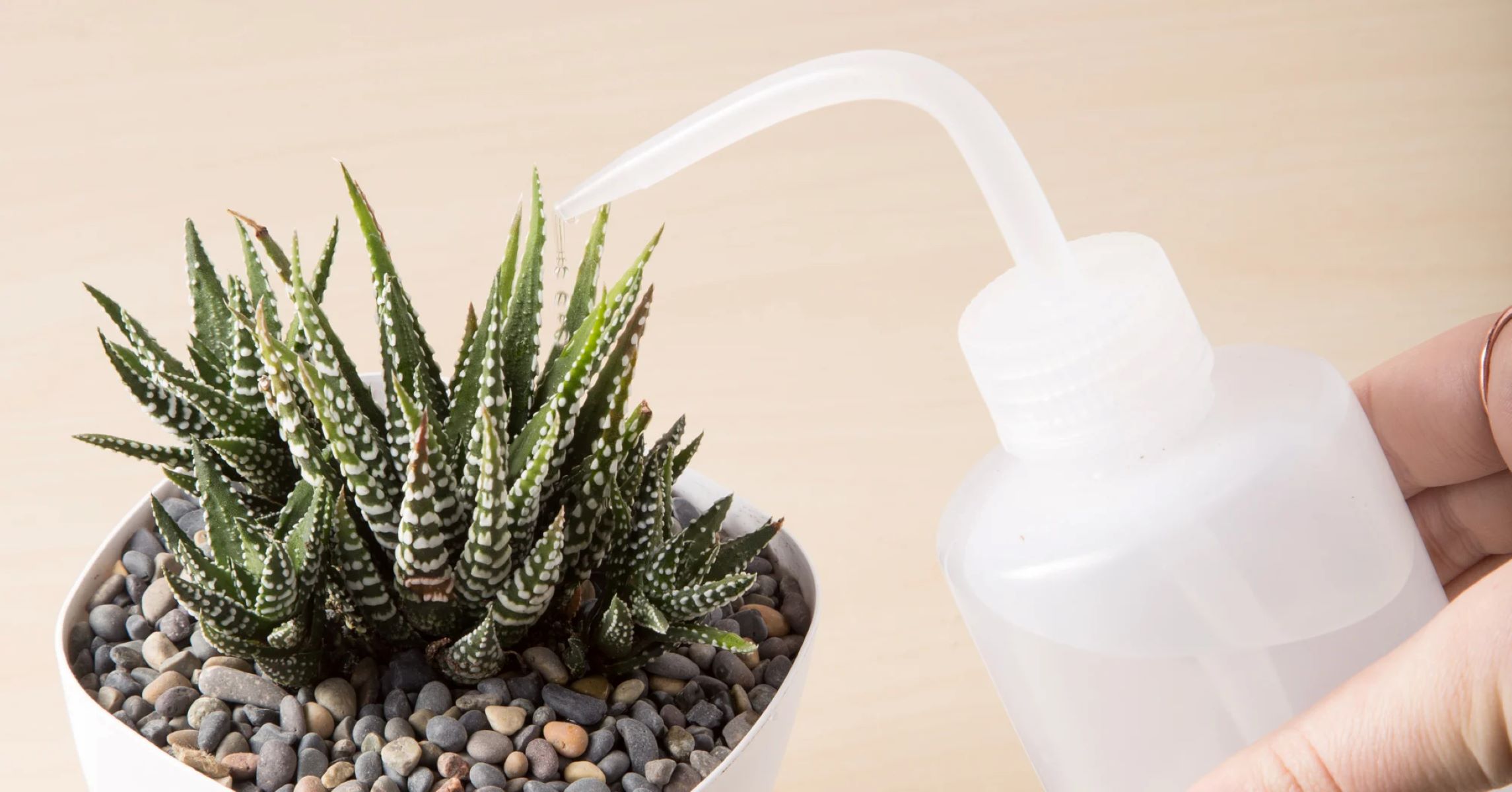
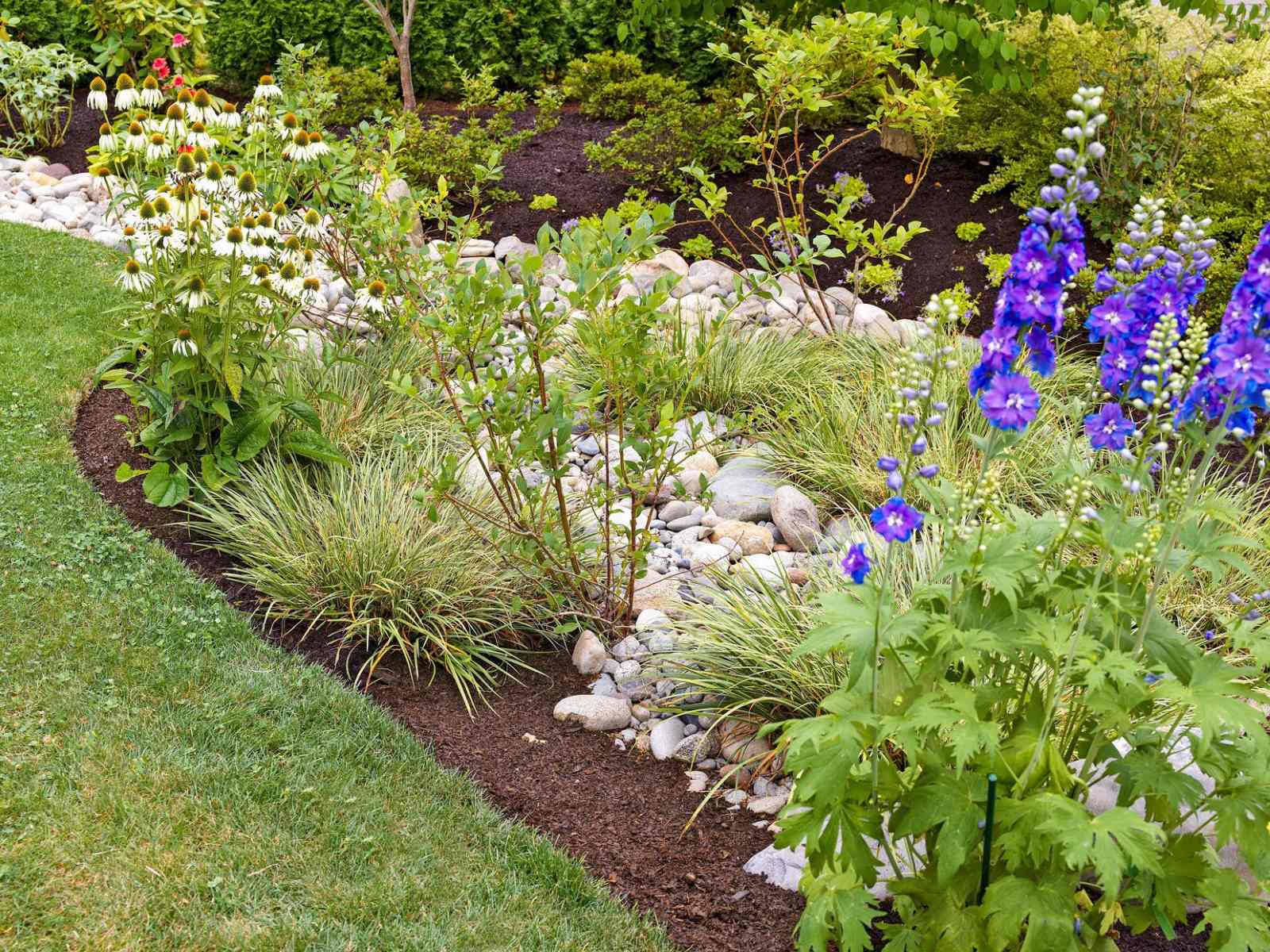
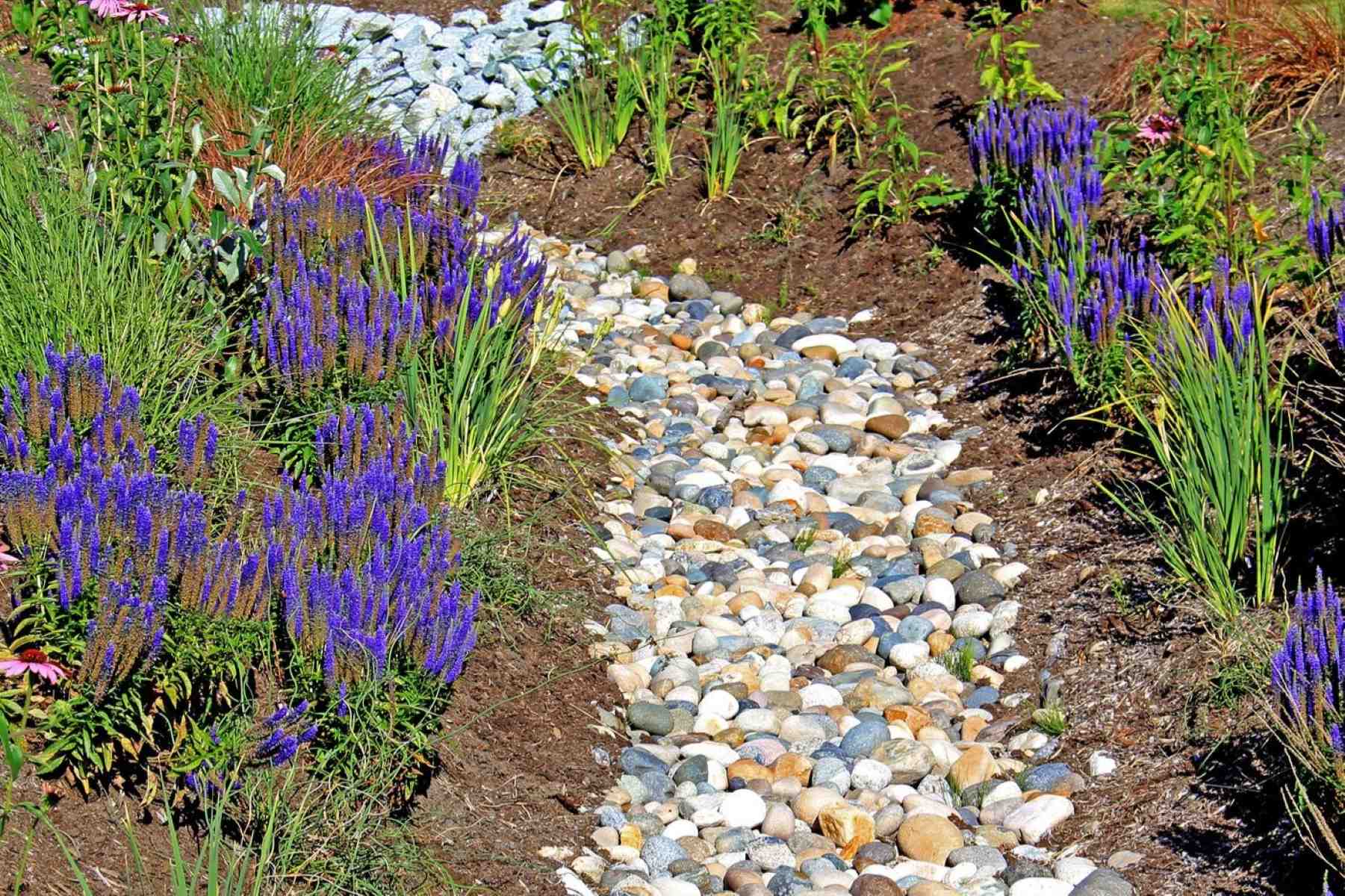
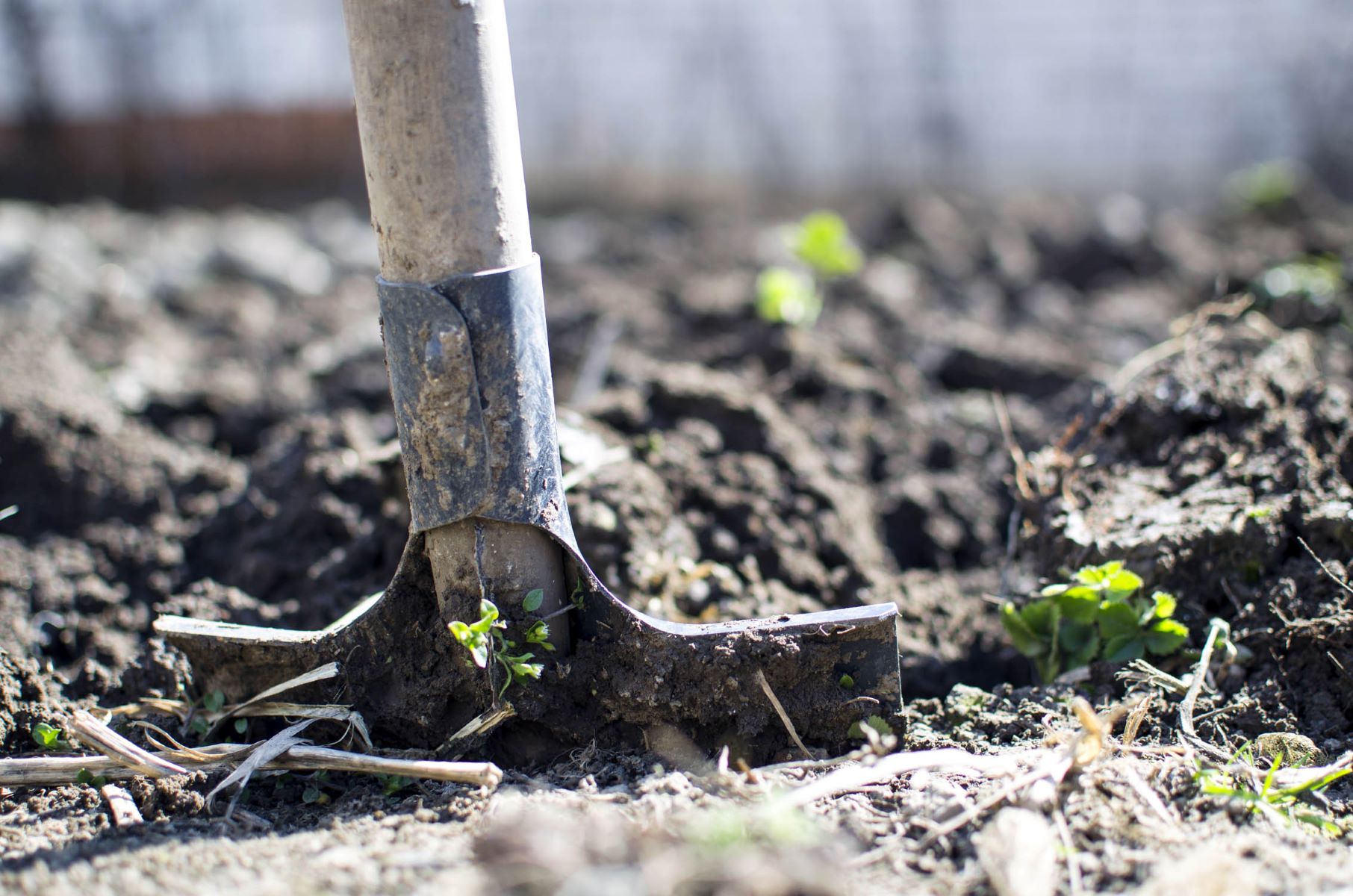
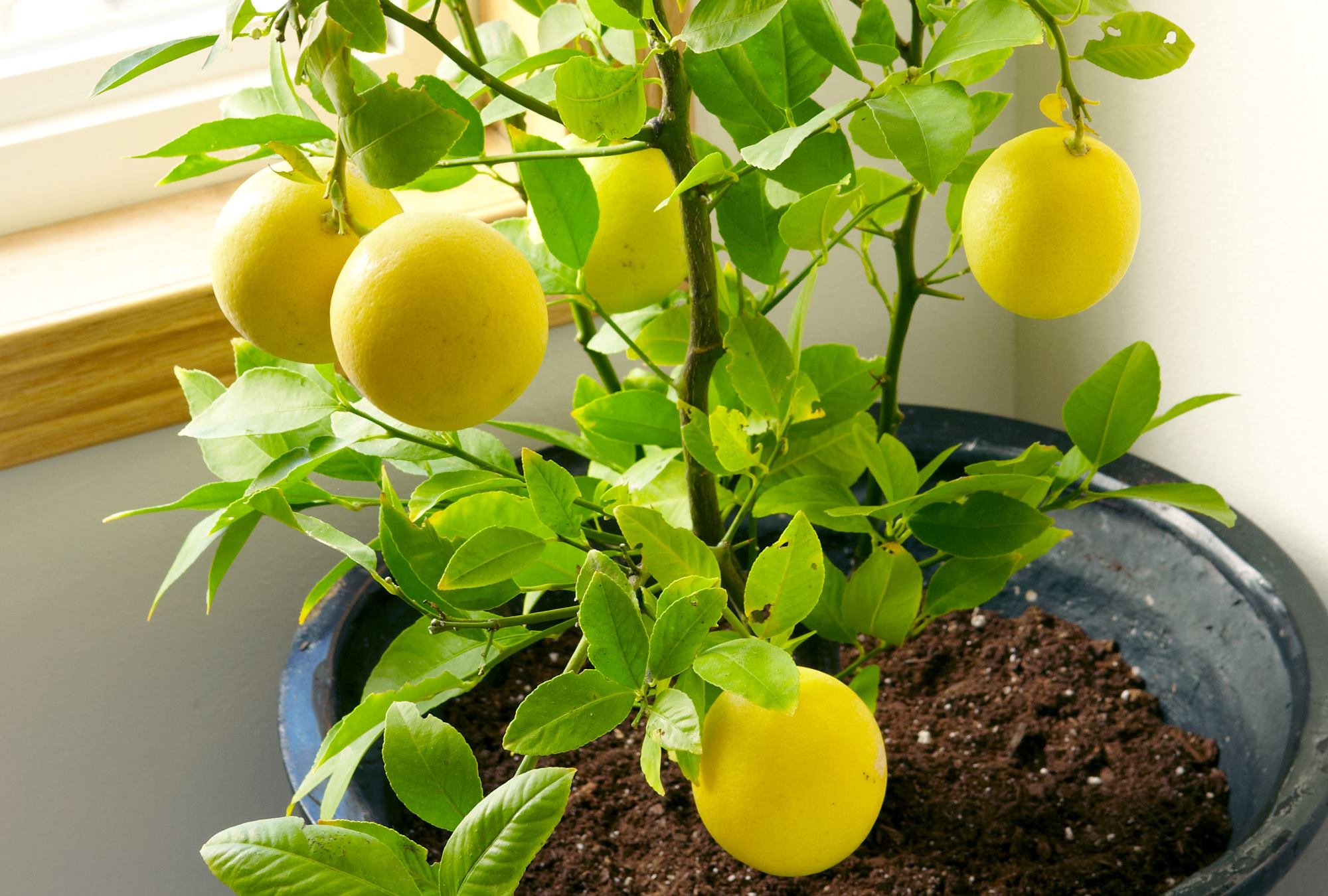

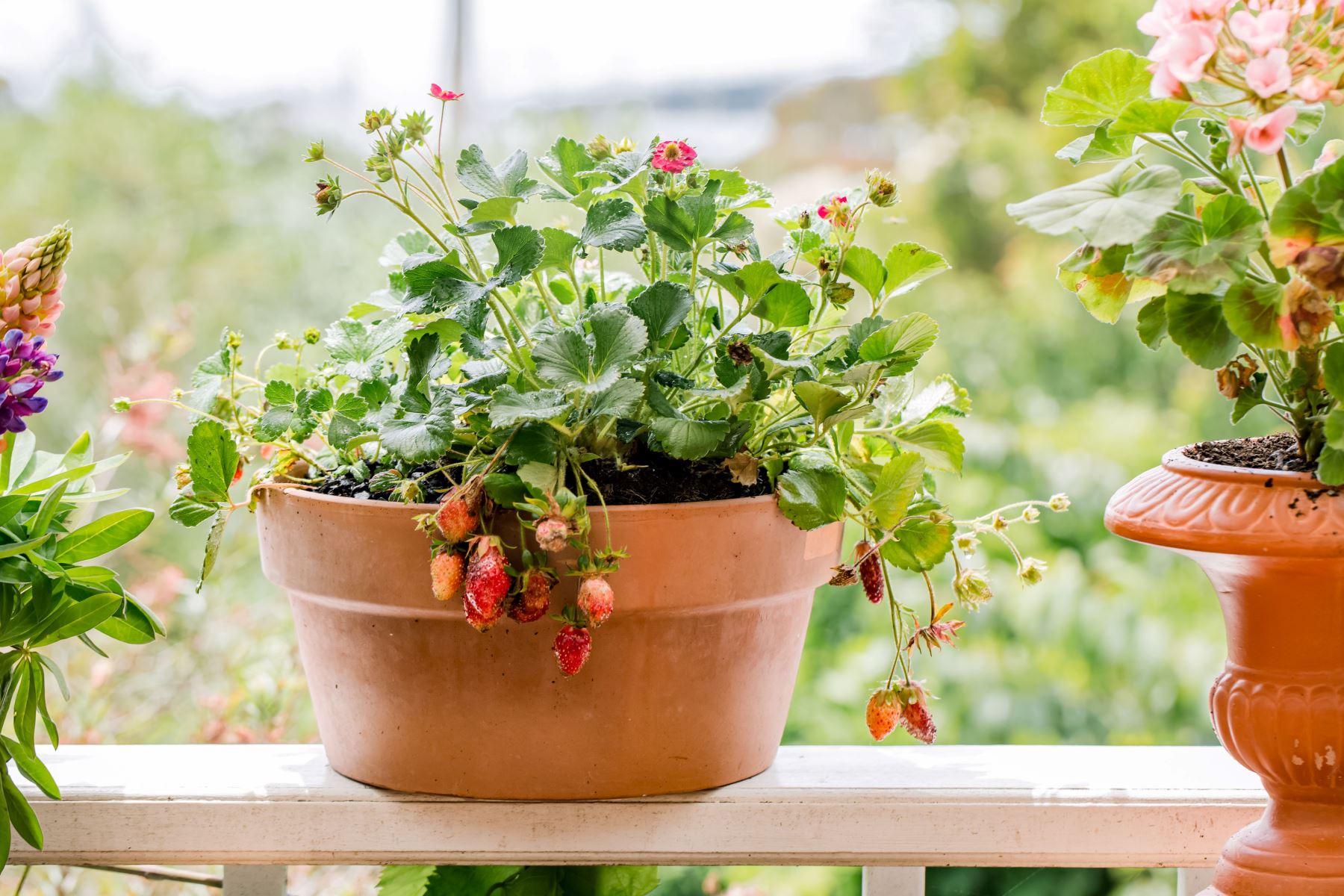
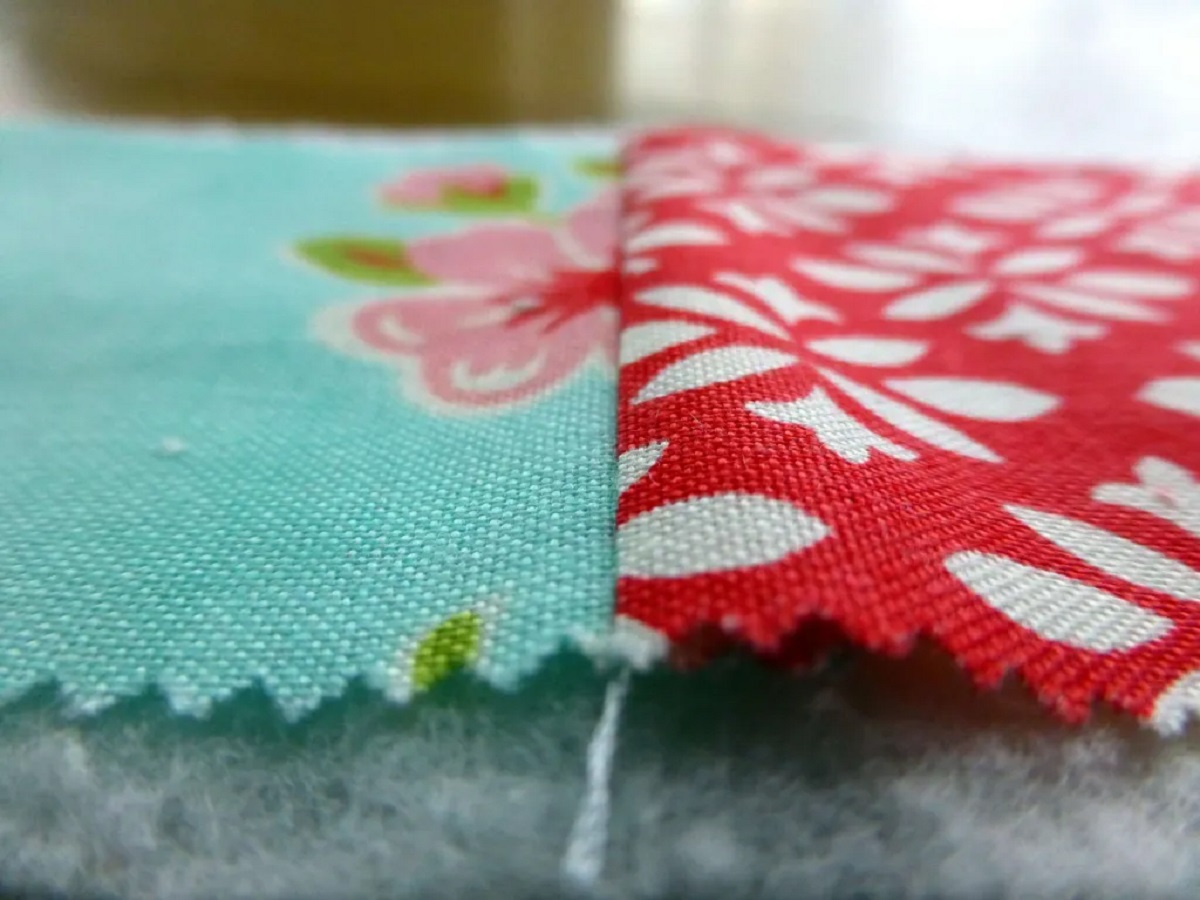
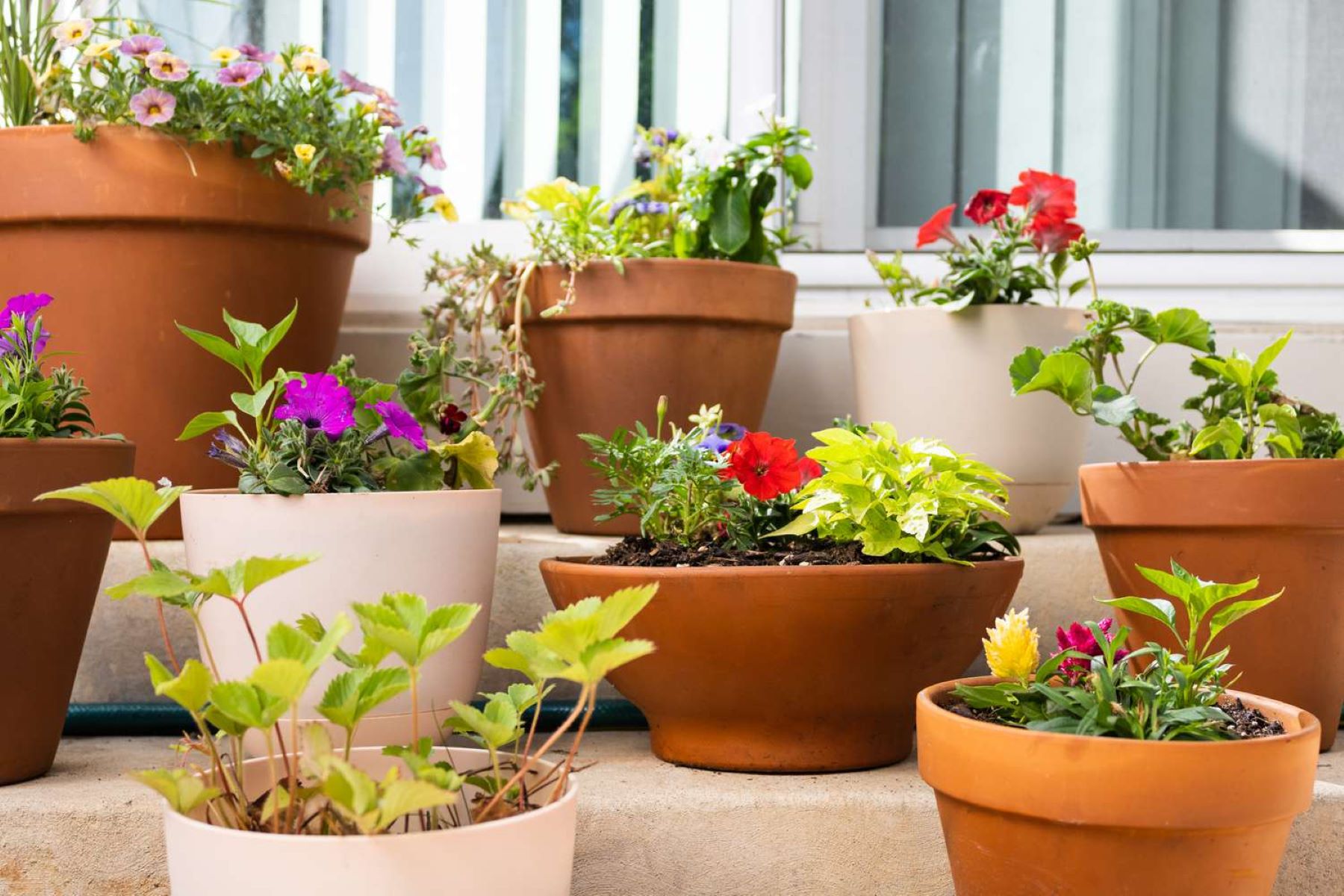
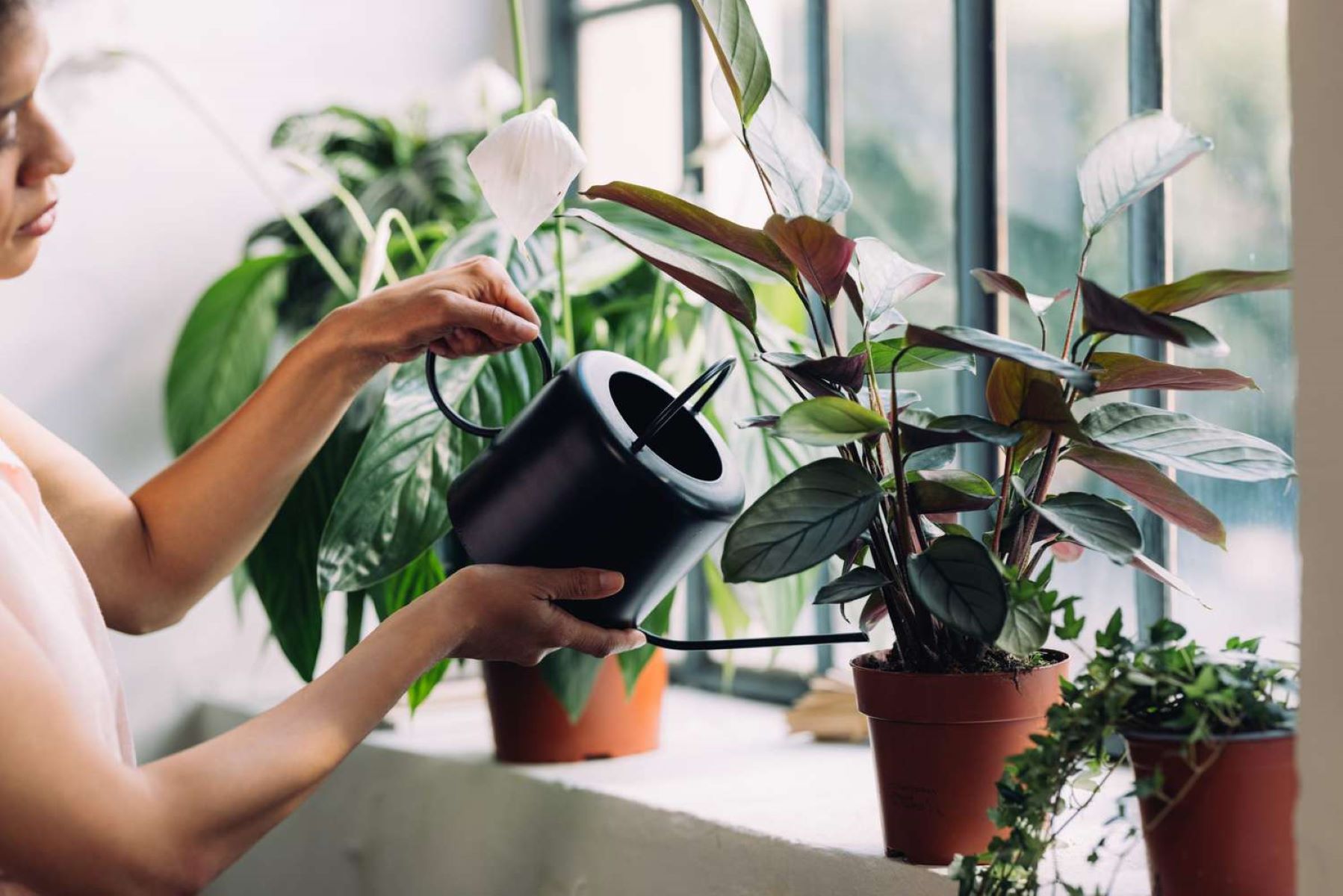
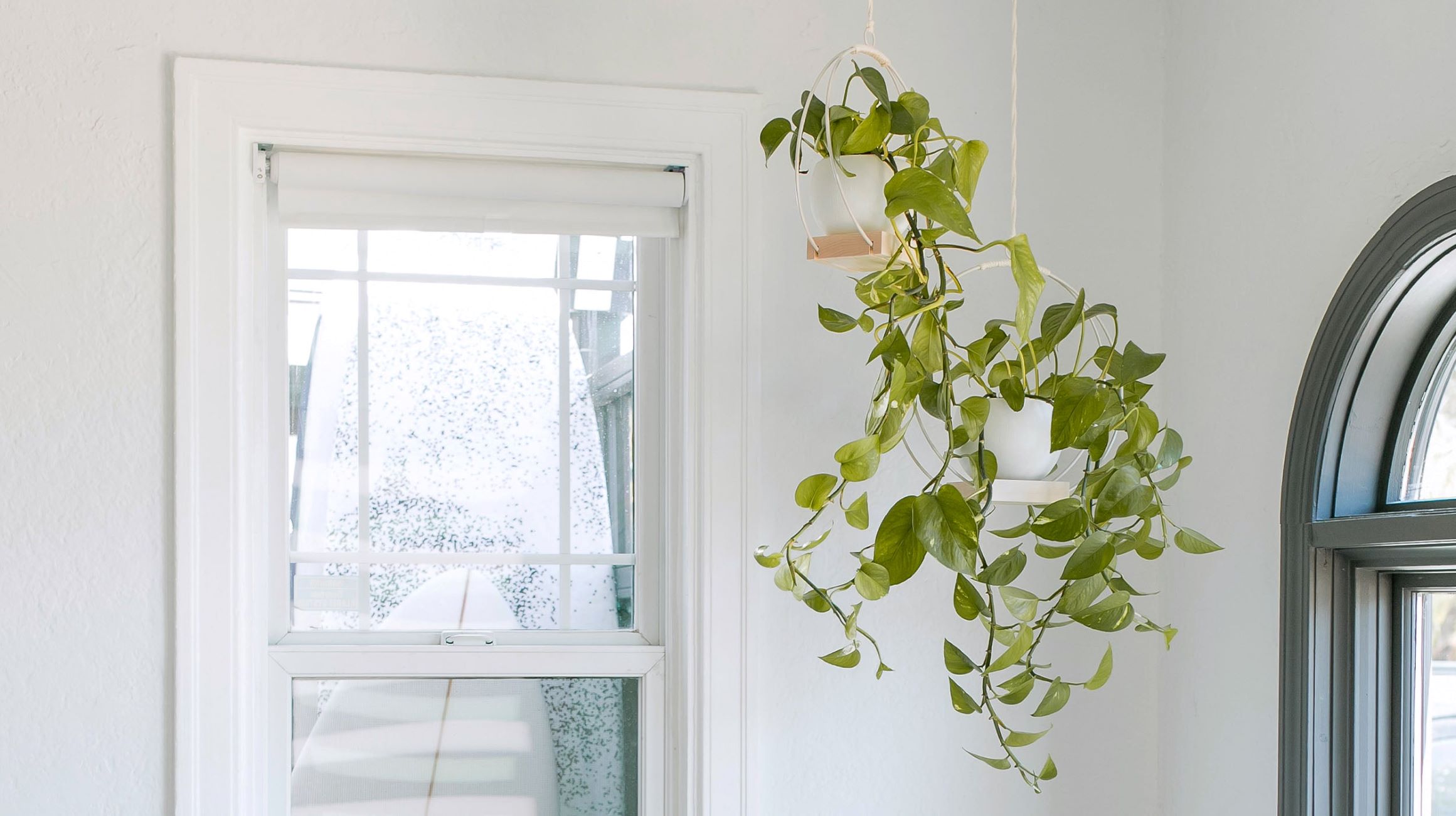
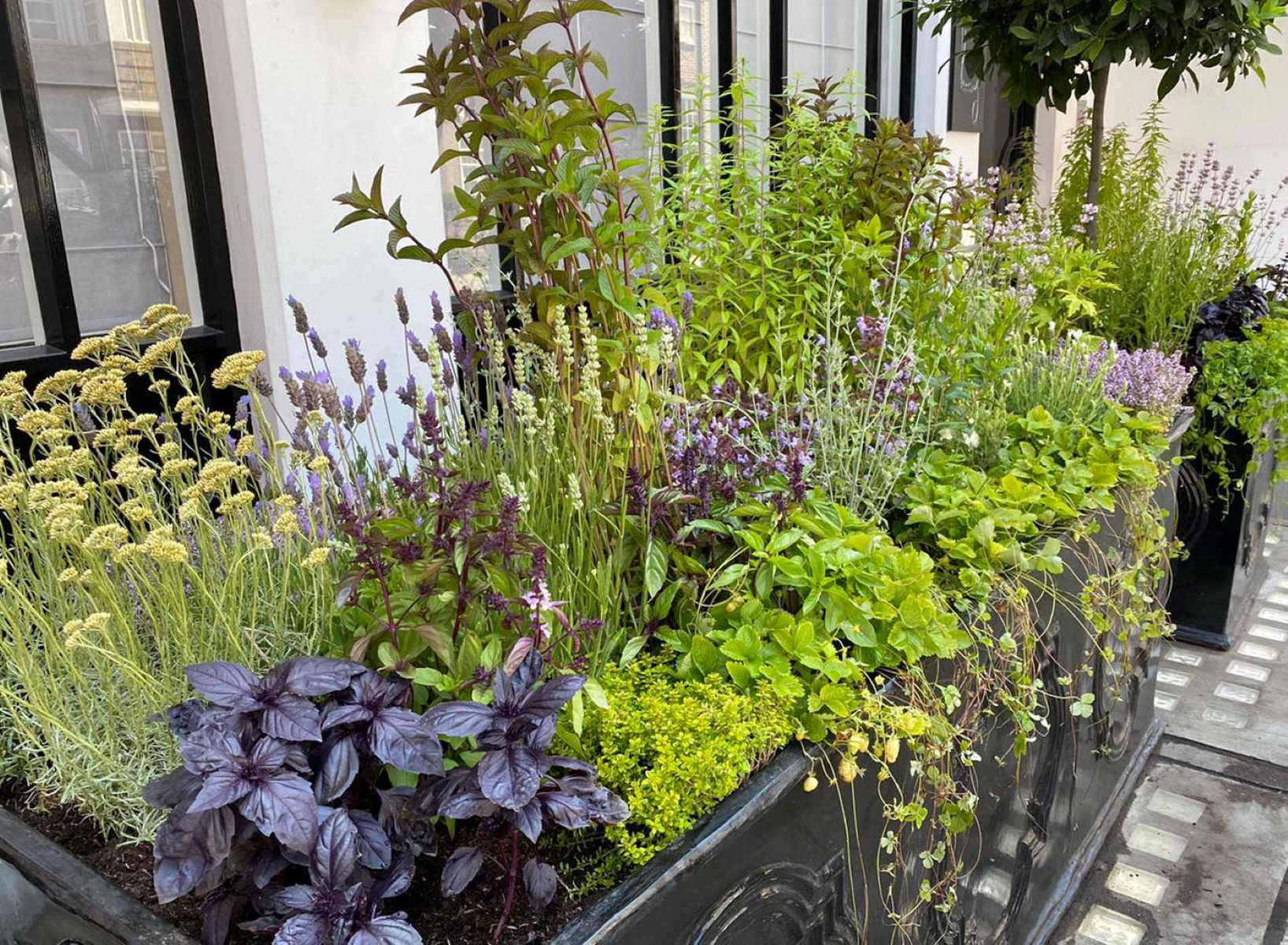

0 thoughts on “What To Plant In A Drainage Ditch”